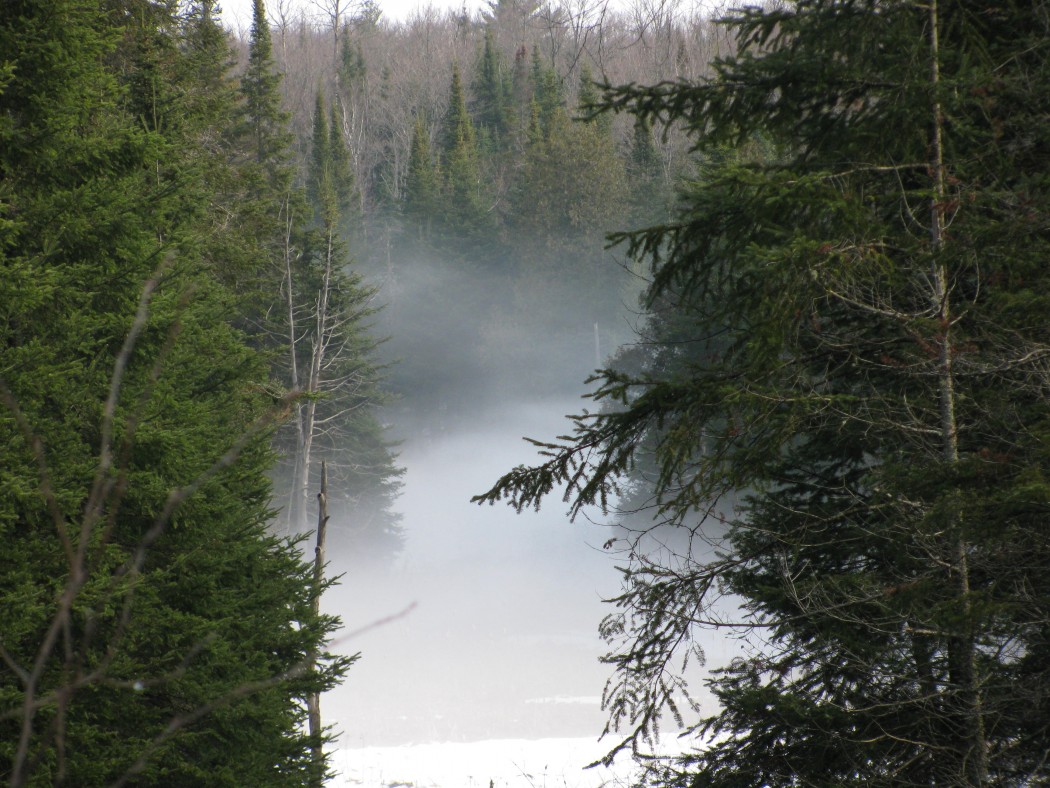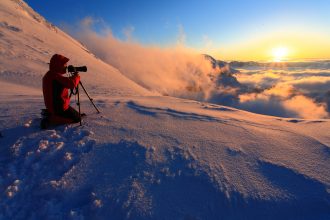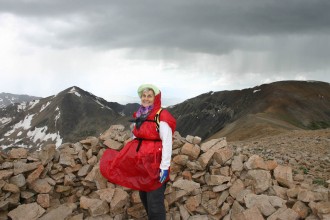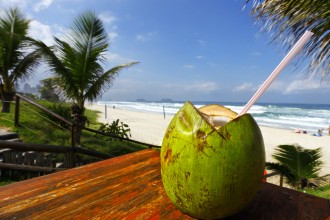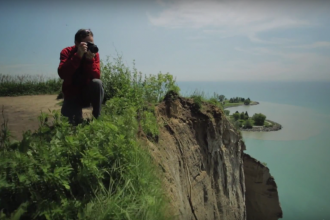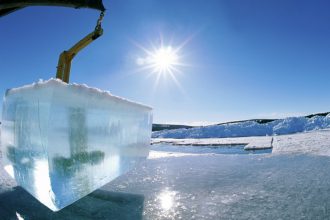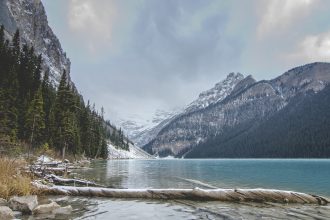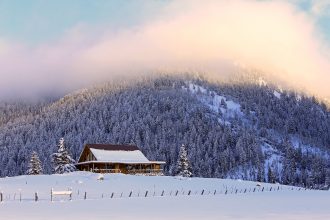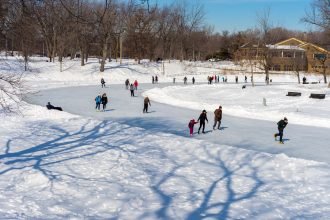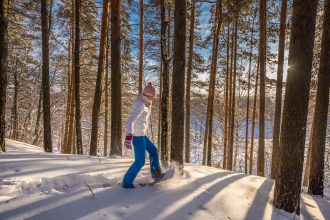With an area of just under 10 million square kilometers of breathtaking landscapes, Canada is a big and beautiful country that’s ready for its close-up. From Vancouver Island to Newfoundland’s Cape Spear, and Middle Island in Lake Erie to as far north as Nunavut’s Cape Columbia, there’s no shortage of natural places for photographers to capture. A number of destinations have been photographed so frequently by tourists and proud Canucks alike that they have become almost synonymous with the country itself. It’s no secret why these gems are placed over mantles and illustrated in coffee table books time and again.
Moraine Lake, Alberta
If you’ve been lucky enough to travel to Banff National Park or researched a trip through the Rockies, it’s likely you’ve come across Moraine Lake. Depending on your age, you may have even seen it featured on the $20 bill in the late 1960s. Constantly photographed because of its beauty, the lake can be appreciated for the colour of its naturally fed glacier water, the surrounding mountains and the picturesque glaciers visible in the background. The lake is located just outside of Lake Louise, Alberta, and is a popular attraction for hiking and mountaineering.
Niagara Falls, Ontario
Although we just share this popular natural wonder with our neighbours to the south, people from all over the world flock to the falls to photograph them. The American, Canadian, and Bridal Veil Falls come together to create this one-of-a-kind, awe-inspiring work of nature. The amount of water that flows over the falls is equivalent to that needed to fill 1 million bathtubs per minute!
Mount Logan, Yukon
Atop the Yukon Territory sits Canada’s highest peak, Mt. Logan at 5,959 metres. Naturally, as the second tallest peak in North America, this one is only a popular feat for aerial photographers and adventure seekers. It holds the record for largest base circumference and can be summited in a mere 16 miles. So what are you waiting for? Grab your toque and ice pick!
Peggy’s Cove Lighthouse, Nova Scotia
You can’t help seeing a white lighthouse in your mind when someone mentions Nova Scotia. The Peggy’s Cove lighthouse is the most photographed lighthouse in Canada and an icon for the Maritime Provinces. If you visit the region, drop by the deGarthe Gallery and Museum to feast your eyes on some beautiful maritime artwork, kayak to Shut In Island, or scuba dive through Cranberry cove.
Jellybean Row, Newfoundland
Unofficially named Jellybean Row, these are the tightly nestled, brightly painted houses of historic downtown St. John’s that have become the backsplash of numerous photographs. In some way or another, jellybean row manages to capture the colourful, creative and laidback beauty of Newfoundland culture in just one image.
Stanley Park, Vancouver
As one of Vancouver’s top tourist destinations and a Canadian historic site, Stanley Park welcomes approximately 8 million visitors a year. At over 120 years old, this urban park is chased by plenty of paparazzi. Between the gardens, coastal areas, and 500,000 cedar, fir and hemlock trees, there is a lot to photograph. While you visit the park, consider checking out the Vancouver aquarium or the spectacular totem pole display at Brockton Point.
Churchill, Manitoba
One of the most popular venues to catch the awe-inspiring Northern Lights display is Churchill, Manitoba, because of its geographical location under the auroral oval, resulting in 300 nights of northern lights activity throughout the winter months. A clear night, gases, and solar wind allow for a gigantic light show and a unique photograph.
Algonquin Park, Ontario
Also arguably one of the most frequently painted natural sites in Canada, Algonquin Provincial Park is home to lakes, forests, moose, wolves, and an array of other wildlife, making it an enjoyable wilderness destination for photographers. The park is over 7,600 square kilometres in size and uniquely beautiful in each season you visit. Thinking of heading there this winter? Why not take a dogsledding lesson or cross-country ski your way through the trails.
Hopewell Rocks, Bay of Fundy
The spectacular Hopewell rocks are 40-to-70-foot rock formations formed by tidal erosion on the shores of the Bay of Fundy near Moncton, New Brunswick. At low tide, you can explore and photograph these breathtaking sandstone statuettes.
Rankin Framed Inuksuk, Nunavut
A popular symbol of Canada’s native heritage, the inuksuk is a stone cairn of human form. The framed Inuksuk that resides in Rankin Inlet is large in stature and a breathtaking symbol of northern Canada.

